What is black spot and how to deal with it?

Black spot is dangerous for horticultural and horticultural crops. The disease develops rapidly and, in the absence of control measures, can reduce part of the crop or completely destroy the fruits. We will learn how to recognize the disease and how to treat the affected plants.
What it is?
Black spot is a bacterial disease. It is caused by various pathogens. For example, rose leaves infect Marssonina rosae, which is why the disease received its second name - marsonina. On lilacs, the disease is caused by the bacteria Syringae, on tomatoes and bell peppers - by the aerobic rod-shaped microorganisms Xanthomonas vesicatoria.
The causative agents of the disease live on the remains of infected leaves, seeds and in the ground. Favorable conditions for their active development are high air humidity, so they reproduce especially quickly during rainy periods.
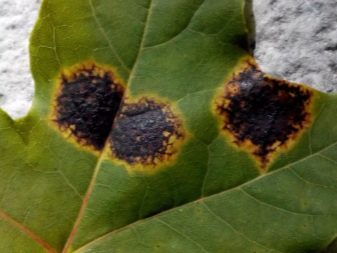
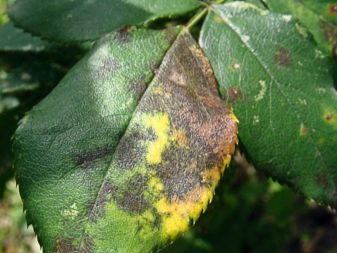
Let's consider the main ways of plant infection with black spot.
- Sowing diseased seeds or planting planting material from an adult culture affected by a bacterium. The pathogen is unpretentious, it can live in seeds for up to 1.5 years.
- The defeat of plant foliage through the stomata. In this case, bacteria enter the crops from the contaminated soil.
- Penetration of bacterial bacilli through mechanical damage on fruits and foliage when a gardener uses contaminated tools.
Plants in almost any continent are susceptible to the disease, since the bacteria that cause it are not afraid of frost and heat - they die when the air temperature reaches +56 degrees. The optimal indicator for their reproduction is 25-30 degrees. In hot and cold weather, they do not die, but their activity slows down significantly.
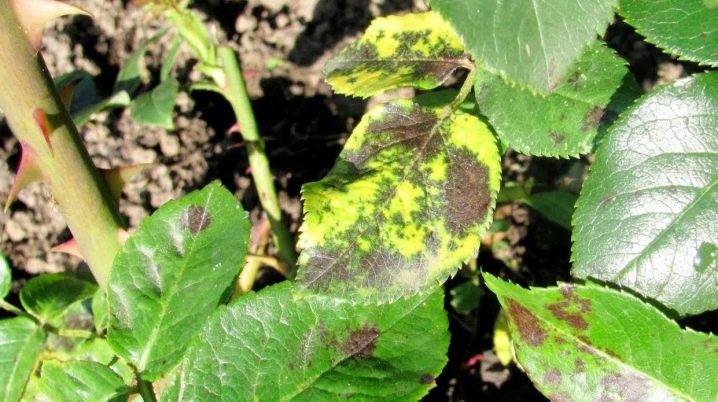
Symptoms
Black spot on berry and vegetable crops looks different. Consider the symptoms of the disease in plants that have the least resistance to the pathogen.
On tomatoes
Tomatoes growing in open ground and greenhouses are susceptible to the disease. The first sign of the disease is the appearance of watery brown dots on the foliage, which quickly increase in size to spots of 1–2 mm in size. Basically, they are localized at the edges of the sheets, and if the gardener ignores the treatment, they move on to the stems and leaves. Fruits affected by the bacterium are covered with dark raised dots with a watery border. Over time, from dots, they grow into spots with a diameter of 6–8 mm, and then turn into ulcers.
The disease strikes tomatoes with lightning speed - the first signs of the disease can be detected 3-5 days after infection. In this case, the bacterium quickly spreads over the area: it takes 10-14 days to spread to neighboring plants.
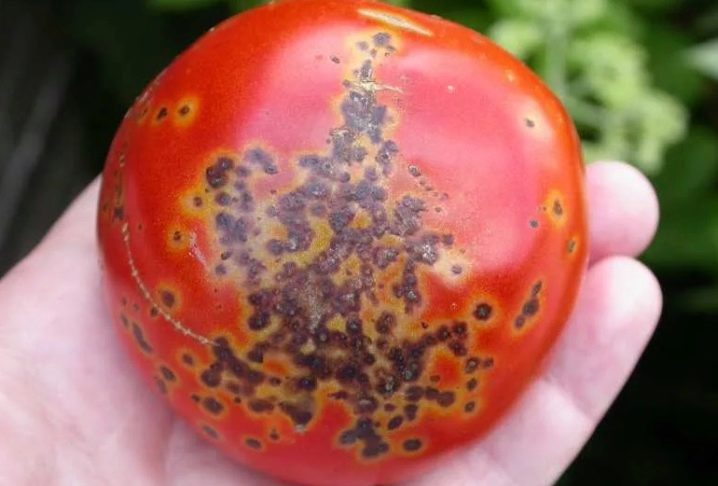
On peppers
Signs of damage are watery dotted spots on foliage, stems, cotyledons and fruits. Over time, they can become angular, acquire a black color with a yellow border. In the absence of control measures, the spots "spread" along the veins of the foliage, and necrosis of a light yellow hue appear in their core. Affected pepper fruits are covered with dark raised dots with a watery border. With an increase of up to 6–8 mm, they turn into decaying sores.

On a pear
The first sign of the disease is the formation of dark yellow or brown dots, which eventually transform into spots of various shapes. They can be rounded or angular. With the further development of the disease, small black blotches form on the spots - sporulation of fungi.
If the pear is not treated, microorganisms will spread to the fruits, bark and shoots. In advanced cases, the tree cannot be saved. The fungus on the apple and currant is recognized by the same symptoms.
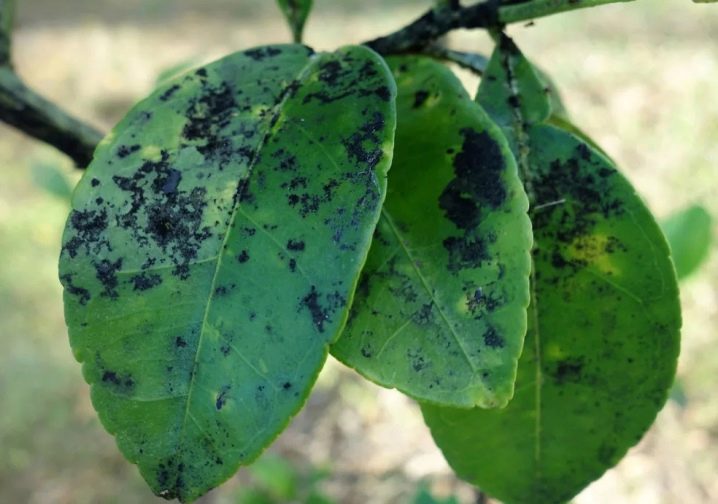
On grapes
Black spot on grapes is caused by the fungus Phomopsis viticol. The first signs of the disease appear in June. Small necrosis on leaf plates of black or dark brown color with yellow edging will tell about the disease. With the development of the disease, the foliage tissue is deformed, which causes tears to appear.
In the absence of control measures, the fungus spreads to the bark, which eventually cracks and becomes covered with ulcers. In older crops, fungal mycelium breaks down the pigment that gives the bark a brown color. This leads to discoloration of individual areas of the bark or the entire shoot. With deep germination of the fungus into the thickness of the trunk, rotten areas are formed.
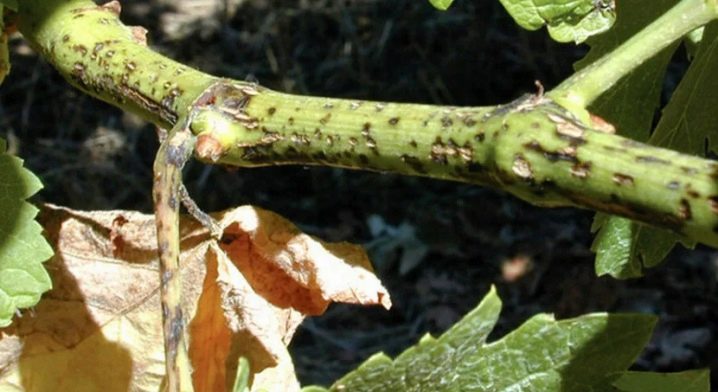
Treatment methods
Before starting treatment, you need to remove damaged foliage and fruits. With profuse lesions, the bushes should be pulled out and burned. This will increase the chances of keeping the remaining harvest.
To treat plants from black spot, chemical and biological preparations are used. They need to treat the bushes with a spray bottle in the summer in dry and calm weather. Folk remedies against bacterial disease are ineffective. They are allowed to be used for the prevention of the disease, but not for its treatment.
Consider popular chemicals for spraying seedlings and adult crops.
- Bordeaux liquid. There are 2 options: prepare the mixture yourself or buy a ready-made product. To prepare a solution with your own hands, you will need 100 grams of copper sulfate powder and 75 grams of lime. Dry components must be mixed and dissolved in 10 liters of water. For processing 10 m2, at least 2 liters of working solution will be required.
- Copper oxychloride. To prepare a solution, you need to dissolve 40 g of the drug in a bucket of water. The diluted product cannot be stored, it should be used immediately after preparation. Copper chloride spraying should be done regularly. The minimum interval between treatments is 14 days.
- "Topaz". The active ingredient of the drug is penconazole. To prepare a working solution, you need to dilute 8 ml of systemic fungicide in 10 liters of water. When treating plants, it is recommended to carry out 2-3 sprays with an interval of 10 days.
- "Profit Gold". This is a fungicide preparation with hazard class 3. To prepare a spray solution, dissolve 4 g of powder in 10 liters of water. No more than 3 treatments are allowed per season.
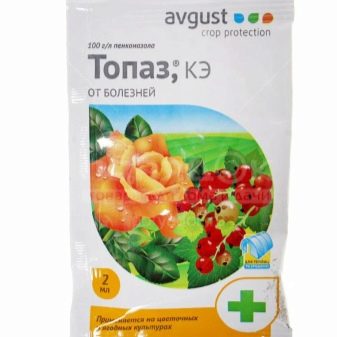

Chemicals are toxic, therefore, when using them, a number of conditions must be met: the last spraying must be done at least 2-3 weeks before harvesting; during work, wear a protective suit, respirator, gloves.
Plants can also be sprayed with biological agents. They are safe for human and insect health. Popular and effective means - "Gamair", "Planriz", "Fitosporin-M", "Fitoplasmin" and others. For better performance, experienced gardeners recommend alternating treatment with biological agents with chemical ones.

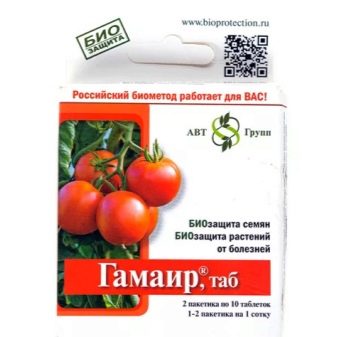
Prevention measures
It is necessary to fight black spot for a long time and persistently, so it is better not to treat the disease, but to take appropriate measures to prevent it.
- To reduce the risks of contamination of horticultural and horticultural crops, you must first soak the seeds in a disinfectant solution of trisodium phosphate for 60 minutes, and then rinse well with cold water.
- Before planting, seedlings of tomatoes and peppers are recommended to be treated 2 times with any biological preparations. Fitosporin-M, Planriz, Baktofit are suitable for these purposes.
- To plant plants in greenhouses, you need to use new soil or specially treated soil.
- For self-harvesting of seeds, you need to take only healthy plants. You should buy seeds only from trusted agricultural firms.
From planting to harvesting, it is necessary to apply fertilizers in a timely manner, loosen the soil, and mulch - this will provide the plant with good immunity. Weakened cultures are more likely to be attacked by fungal and bacterial microorganisms.















The comment was sent successfully.